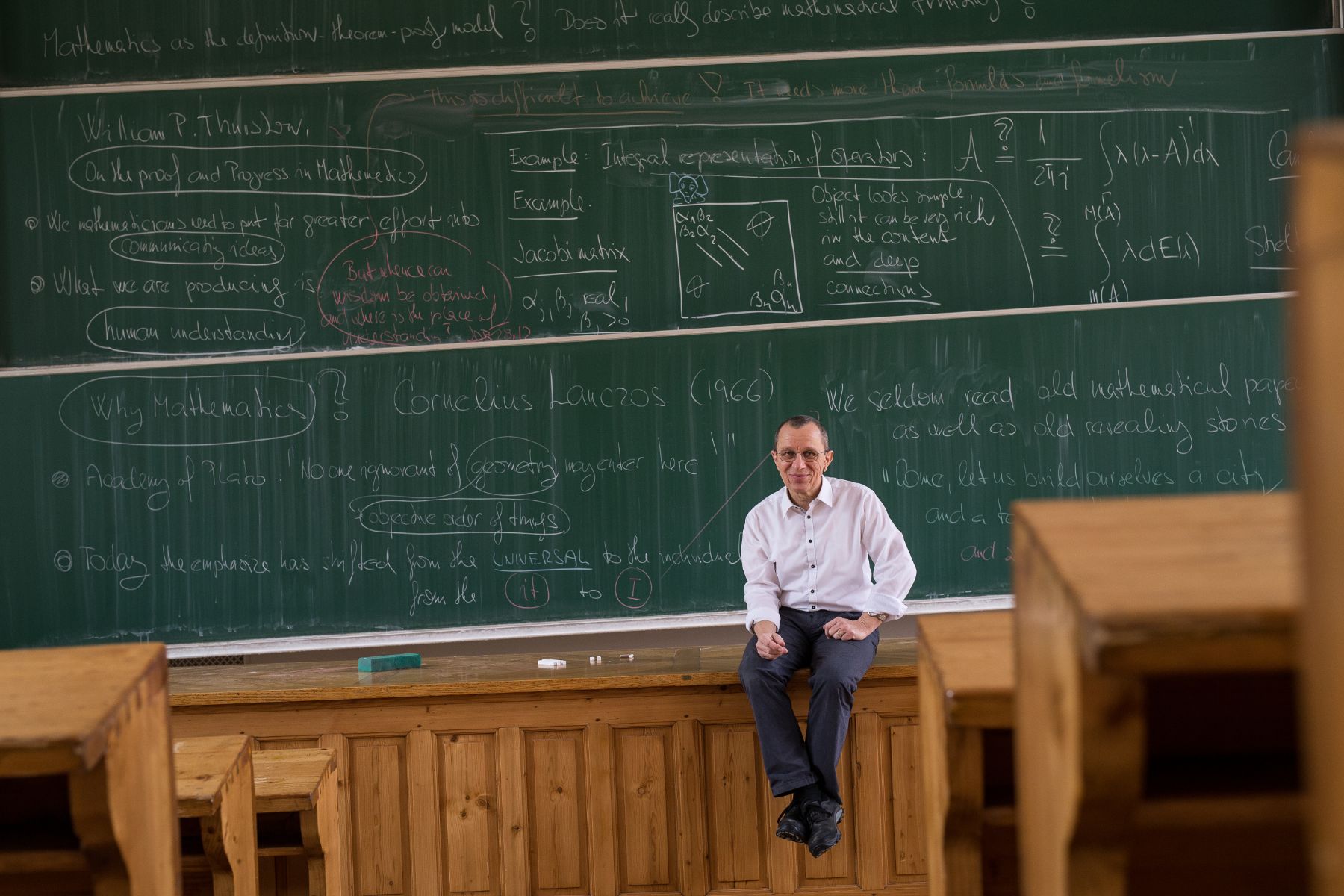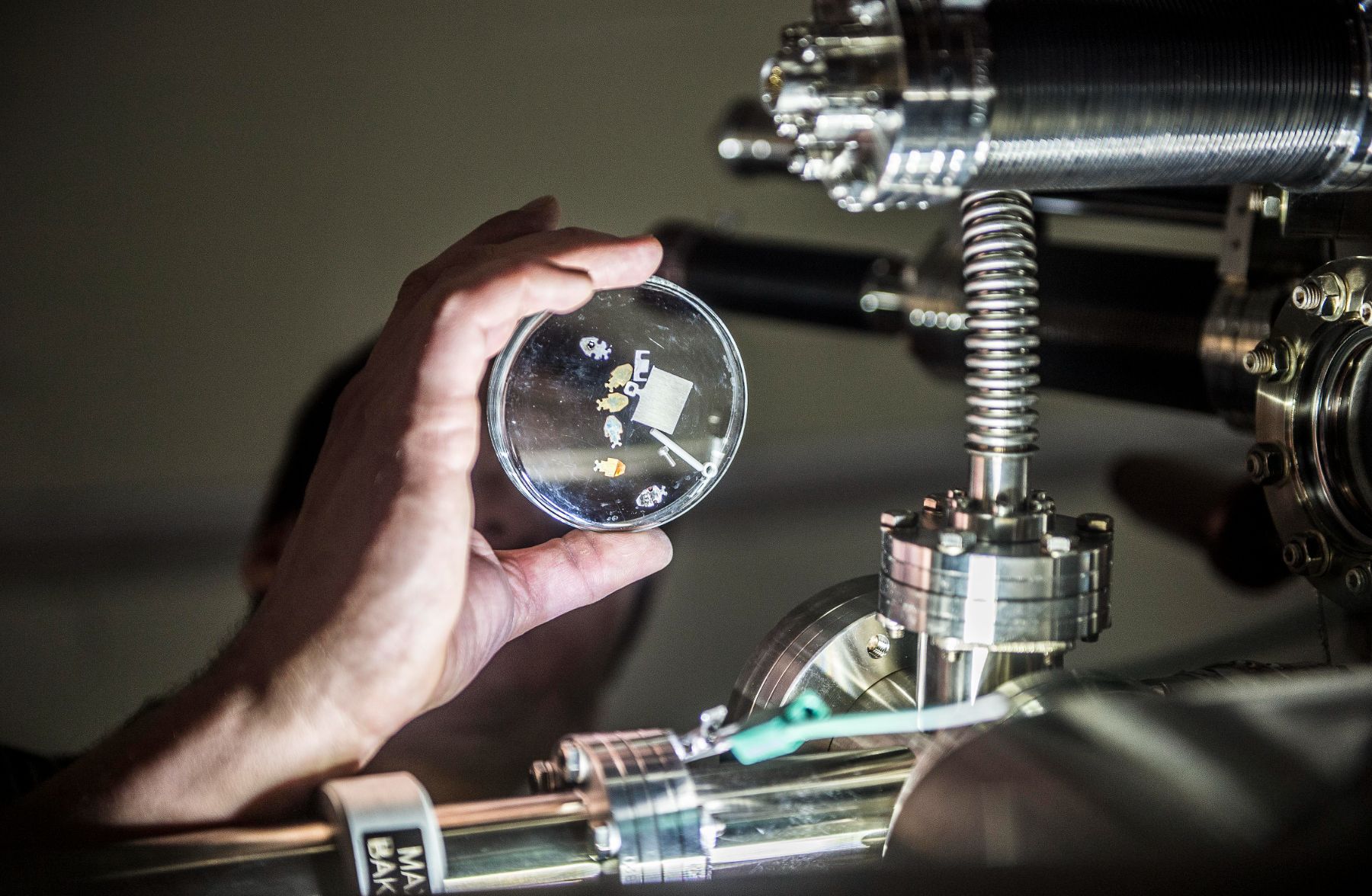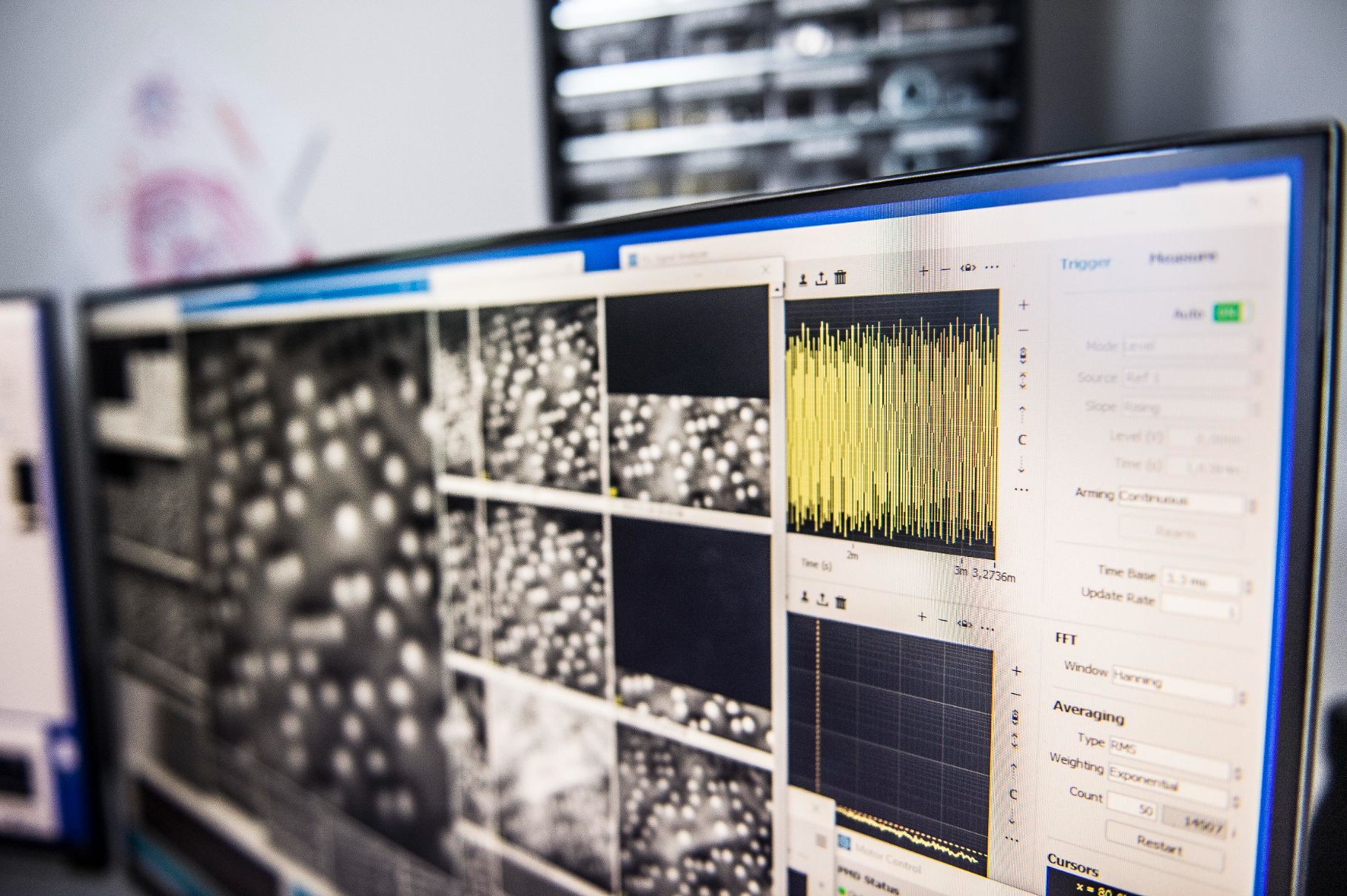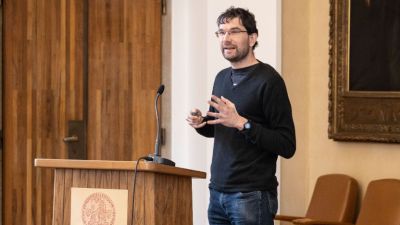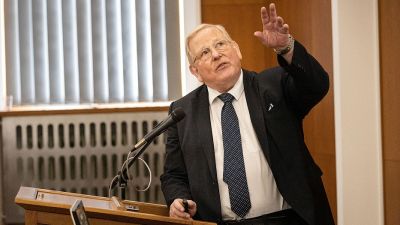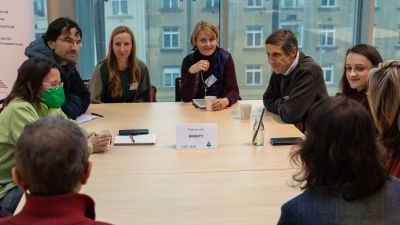The European Research Council (ERC) grant competition is one of the most prestigious and competitive – top scientists of over 85 nationalities regularly compete for a limited amount of funding. Those working at Czech institutions who receive top marks in the European competition, but fail to clinch support due to limits in funding, can receive "ERC CZ" funding from the Ministry of Education. This year, 19 projects have been supported in this way, 10 of them with a total support of more than 205 million Czech crowns going to Charles University.
“The essence of ERC projects is to support research that goes beyond the boundaries of knowledge in a given field and leads to breakthroughs in a given scientific area, on a long-term and global scale,” says Professor Zdeněk Strakoš, who previously served on the European Research Council's evaluation panel and is now the main coordinator of the ERC Expert Group, in an earlier interview.
The Ministry of Education awards "ERC CZ" grants to scientists working at Czech institutions whose projects have received an excellent evaluation in the European competition but have not been supported due to a lack of funding. Out of this year's 19 ERC CZ supported projects, 10 of them will go to Charles University – five to Matfyz (the Faculty of Mathematics and Physics), three to the Faculty of Science and one each to the Faculty of Pharmacy and CERGE-EI.
Finding answers to the big questions
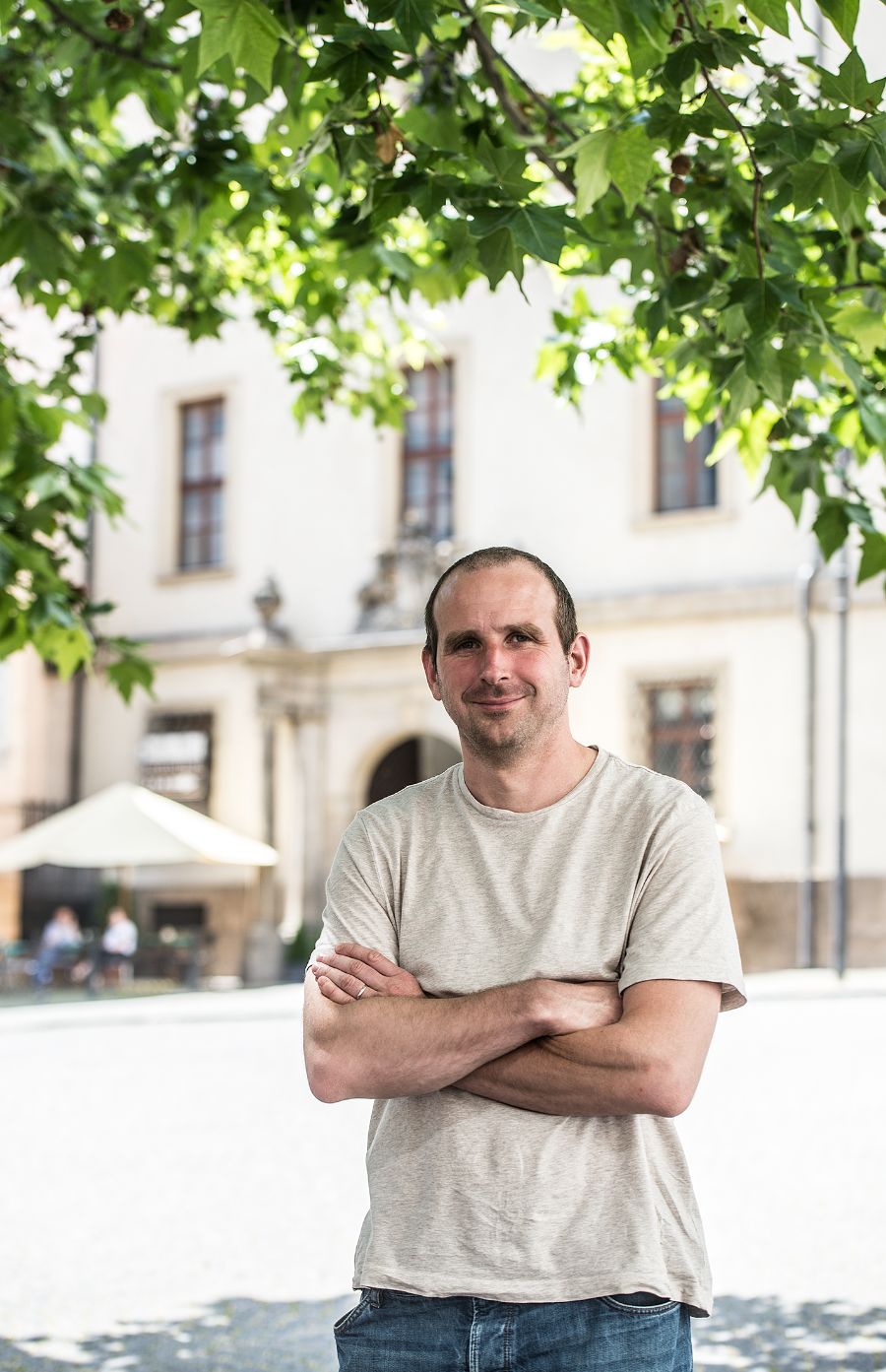 “Is it possible to colour the countries on any map with four colours so that the neighboring countries are always a different colour?" This question was asked by Augustus De Morgan and his students in the mid-19th century. The answer was only found in the 1970s with the use of computer technology. In the 1890s, Percy Heawood began studying a variant of this question for other numbers of colors and for maps drawn on other surfaces, such as a torus (the surface of a doughnut).
“Is it possible to colour the countries on any map with four colours so that the neighboring countries are always a different colour?" This question was asked by Augustus De Morgan and his students in the mid-19th century. The answer was only found in the 1970s with the use of computer technology. In the 1890s, Percy Heawood began studying a variant of this question for other numbers of colors and for maps drawn on other surfaces, such as a torus (the surface of a doughnut).
“By the turn of the 20th century, Carsten Thomassen had given an almost complete answer to this generalization, except in perhaps the most interesting case: Colouring maps on general surfaces using four colors. Even the first interesting question – can one efficiently decide whether a given map drawn on a torus can be coloured with four colours – remains open. The aim of the project is to resolve this question using newly developed algorithmic, structural and topological methods,” says Zdeněk Dvořák (Faculty of Mathematics and Physics, pictured right), for whom this is the second ERC CZ project (we wrote more in a separate article).
How do new species arise? This ancient mystery of life will be explored by Levi Yant (Faculty of Science). “Whole genome duplication (WGD) is a classical form of 'instant specialization' that helps adaptation. Our aim is to find out what exactly whole genome duplication affects and how adaptation and specialisation occurs. We are testing specific ideas about individual genes that enhance adaptation. At the end of the project we would like to have a clear answer on the new roles of these adaptation genes. Whole-genome duplication is also strongly linked to crop breeding, so the findings could also be useful in agriculture,” says the evolutionary biologist.
Martin Spousta (Faculty of Mathematics and Physics) will also be looking for an answer to one of the still unanswered questions in contemporary physics. “In the framework of the grant we will investigate the passage of elementary particles through the quark-gluon plasma, which is a dense and hot form of matter that was present in the Universe in the first stages of its evolution. By measuring the energy loss of particles in this environment, we can investigate the specific processes involved in the transition of elementary particles into hadrons (proton, neutron, etc.), of which most of the observed matter in the present universe is made. This transition has not been successfully described theoretically and is one of the open questions in contemporary physics,” he tells Forum.
How is it possible to fly in a superfluid? This question will be investigated by Marco La Mantia (Faculty of Mathematics and Physics). “Superfluid helium-4 is a unique quantum liquid that exists exclusively at a temperature close to absolute zero. Surprisingly, under certain conditions, its properties resemble those of classical room-temperature liquids such as water. The physical origin of these properties is currently unknown. To answer this fundamental question, we need to solve in detail the so-called canonical problem at extremely low temperatures.The research could also reveal the conditions under which a wind tunnel in a superfluid state may become viable for studying classical turbulent flows generated, for example, around aircraft,” explains the project's principal investigator.
Pushing the boundaries of knowledge
A better understanding of natural disasters, which are becoming more frequent, more intense and more dangerous with climate change, is the research aim of Gianvito Scaringi (Faculty of Science). “I'm interested in landslides: most scientists study the role of water in landslides, for example rainfall or snowmelt. My research hypothesis is that warmer temperatures can directly influence landslide processes. When the soil becomes warmer, certain changes can occur that weaken it, making it less able to hold moisture and less able to hold its shape on slopes. These changes are very poorly understood. In the project, I will conduct experiments and improve models to get better predictions of landslides in the face of climate change. This could ultimately help authorities, for example, to formulate more accurate plans to mitigate climate change-related risks,” Scaringi describes.
The aim of Martin Setvin's (Faculty of Science) project is to image individual polarons in the solids of the future. “A polaron is an electron that stops in place in a substance instead of propagating as a wave. In recent years, it has become clear that polarons play a crucial role in a number of important technologies such as photocatalysis, electrical properties of materials or optical properties," says the physicist, who was last year awarded the Neuron Prize for Promising Scientists in Physics for his research on non-conducting materials (more in a separate article). The ideal outcome of his ERC CZ project will be to image individual polarons in real space and track their movement. This would make it possible to get full information about their properties. "The unique idea of the project is that we will study polarons directly using atomic force microscopy. Previous work has always investigated the macroscopic properties of materials and drawn conclusions about the properties of polarons,” adds Martin Setvín.

Physicist Martin Setvín is researching new materials that could have novel applications.
New therapeutic approaches will be sought by Veronika Nováková (Faculty of Pharmacy, Charles University) “Cancer is the second most common cause of death worldwide. The Covid pandemic has shown the vulnerability of the population to infectious disease. It is therefore necessary to constantly search for new therapeutic approaches. The aim of my project is to develop unique synthetic approaches enabling the preparation of unsymmetrical phthalocyanines for photodynamic therapy. These photosensitizers will be selectively activatable and subsequently targeted for distribution in the body thanks to their special binding to so-called aptamers. This makes it highly likely that they will act only at the site of action, thereby significantly increasing their therapeutic effect and eliminating side effects,” explains the scientist.
In the ERC CZ project, immunologist Jan Dobeš (Faculty of Science) will focus on the regulation of the adaptive immune response by cells of the intestinal mucosa, which can act as so-called. antigen presenting cells. These highly specialised cells of the immune system are generally able to ingest bacteria, split them into very small pieces and then present them to T-lymphocytes. In this way, antigen presenting cells influence or modulate the immune response. “It is very surprising that the cells of the intestinal mucosa have the same ability. We will try to find out why this is the case, and decipher how these non-classical antigen presenting cells affect our coexistence with gut microbes,” says Jan Dobeš, also a UK Primus internal support holder (more in a separate article).
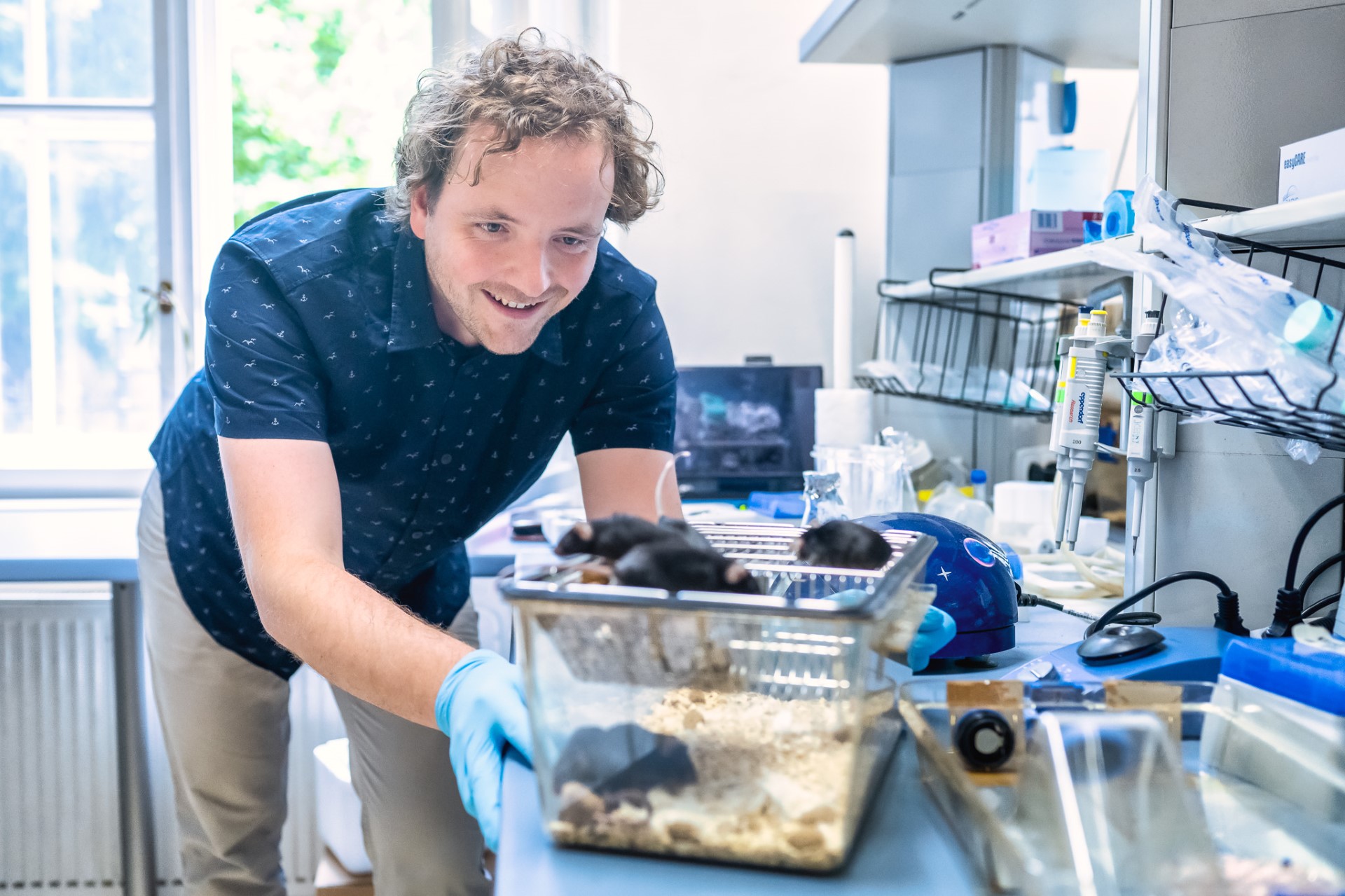
Several years ago, immunologist Jan Dobeš discovered a completely new type of immune cells. "For a long time they escaped our attention, but
today they are the main trend in immunology."
Hierarchical networks and their microeconomic origins will be investigated by Paolo Zacchia (CERGE-EI) using a unique combination of econometrics and tools developed in the field of artificial intelligence. "The project aims to develop a statistical framework for the study of hierarchical, interconnected socio-economic environments, such as firms linked by the exchange of workers and ideas. Given the interactions between different actors, the study of these environments is complex for empirical economists, which makes it difficult to formulate appropriate strategies – think of legislation that affects worker mobility", the project's principal investigator gives as an example.
The term 'data science' refers to the analysis of experimental data to gain insights into a phenomenon. It is usually a combination of statistics and computer science, which is used in most experimental fields such as biology, experimental physics, computer science, but also economics and sociology. "Although part of 'data science' is computer science, almost none of today's data scientists are trained as computer scientists. This means that they can easily misuse the tools at their disposal and reach incorrect conclusions. Imagine analysing data for the next pandemic and, because of a small programming error, ending up with a recommendation that does more harm than good," says Jan Vitek (Faculty of Mathematics and Physics), whose project looks at 'data science' from a computer science perspective. “Our goal is to develop tools that help 'data science' experts write correct code, and when they make a mistake, allow them to find and fix that mistake. Our goal is to promote the credibility of data science,” Vitek adds.


